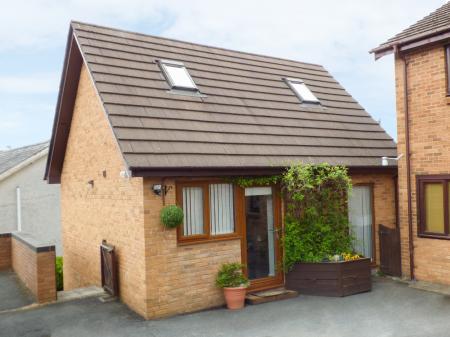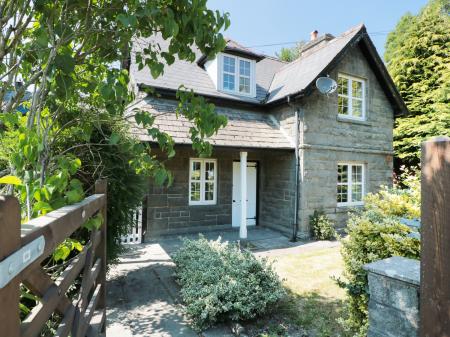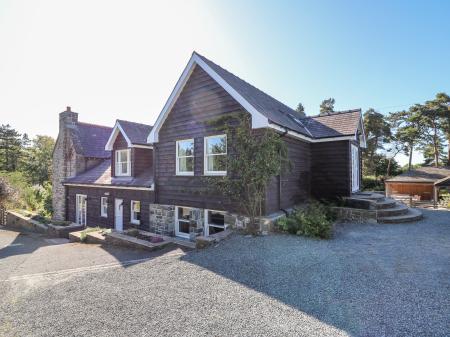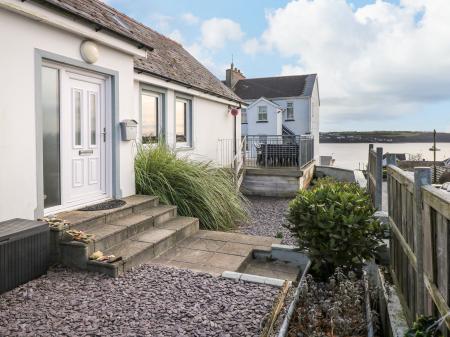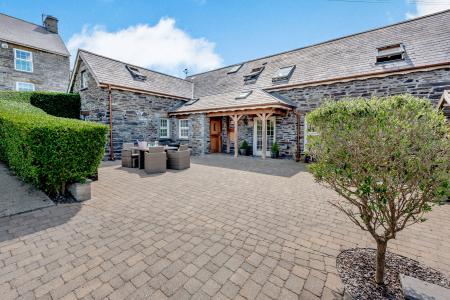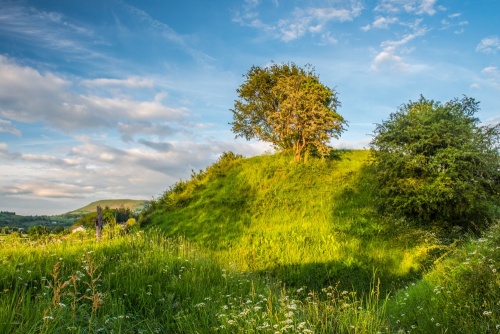
The first castle at Builth was erected long before Edward, however. Around 1100 Philip de Braose took control of Builth cantref (the local Welsh administrative district) and erected a motte and bailey fortification at a strategic crossing of the River Wye.
Around 1168 Rhys ap Gruffudd attacked and destroyed Builth. The castle was rebuilt, then occupied by English and Welsh in turn.
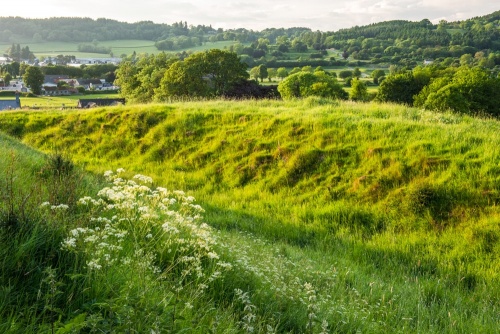
In 1277 Edward launched his first Welsh campaign and refortified Builth Castle to create a new and much stronger fortress. He quickly threw up several temporary buildings to create a hall, kitchen, chapel, and smithy, then proceeded to build substantial stone buildings to replace them.
The man most likely responsible for the design was Master James of St George, Edward's master mason and the architect responsible for so many of Edward's subsequent Welsh castles. When complete, Builth Castle was composed of a great tower atop the earlier motte, surrounded by a masonry curtain wall incorporating several small towers.
Several features make Builth unusual among Edward's Welsh castles; it was easily the smallest of his castles, it was located inland, and all its masonry has long since vanished, taken by local landowners as building material.
Builth played a dramatic role in the history of Wales; Llewelyn ap Gruffydd came here in 1282 to plead for help in his rebellion against the Normans. On leaving Builth his force fell into an ambush at nearby Cilmeri and Llewelyn was killed. In 1294 Builth withstood a siege by Madog ap Llewelyn, but it was heavily damaged in an attack by Owain Glyndwr a century later.
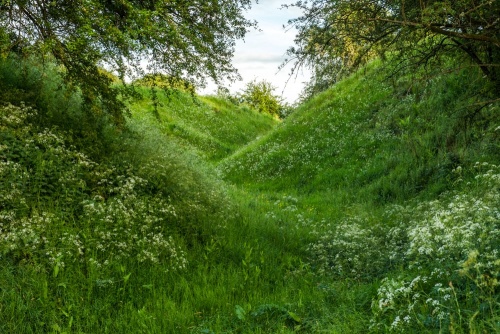
Visiting
Though the castle mound is easily visible from the eastern end of High street and from Castle Street, it isn't immediately obvious how to access the castle site. I had to flag down some passing locals and ask how to reach the castle.
There are two main access points. The first, and easiest, is beside the Lion Hotel on Broad Street, just opposite the southern end of the bridge. Walk up the west (right-hand side) of the hotel and you will come to a stile. Cross over the stile, which was rather overgrown when we visited, and climb the short distance to the castle earthworks.
The other access point is another stile off Castle Road. This is equally hidden, but if you walk up Castle Street and turn right up Castle Road you will spot a stile in the hedge to your right. This gives access to a very overgrown area bordering on the castle to the east.
Once you've arrived at the castle site the motte, or castle mound, is very obvious, separated from the surrounding earthwork banks by a wide and deep ditch.
I highly recommend walking along the earthworks; from this vantage point you can see just how impressive the defences must have been. The earthworks are extremely impressive, and though there is nothing to see in the way of stone walls the height of the banks and ditches is still awe inspiring.
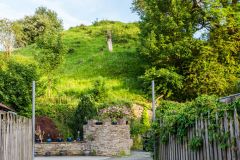

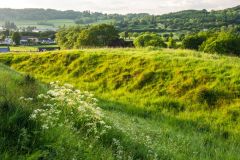
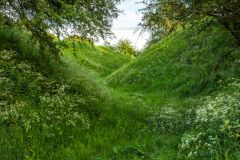
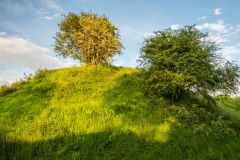

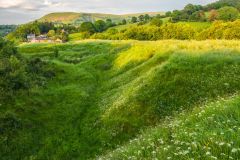
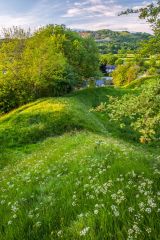
 We've 'tagged' this attraction information to help you find related historic attractions and learn more about major time periods mentioned.
We've 'tagged' this attraction information to help you find related historic attractions and learn more about major time periods mentioned.